Reforming police agencies to eliminate racism won’t come without transparency in both Pelham villages
“Sunlight is said to be the best of disinfectants,” wrote Louis Brandeis in 1913.
Now it’s true that in the middle of a pandemic nearly 100 years later, there are, perhaps, better options for disinfecting. But Justice Brandeis wasn’t talking about disease. He meant that when it came to governing, making information publicly available is the best way to ensure propriety.
Yet here in Pelham, it seems that Justice Brandeis’ message has faded into the annals of history. Our various governments keep their work hidden. Rather than embrace the principles of transparency, they chose to hide behind technicalities in the very laws and regulations that are intended to increase transparency. Let’s look at the discussion of police reform to address racism which is taking place in Pelham, and see how the leaders of both villages are failing to embrace transparency in their respective governments. That, in turn, cripples the public’s ability to remain informed and engaged.
This discussion was kicked off by Gov. Andrew Cuomo with Executive Order 203, “New York State Police Reform and Reinvention Collaborative.” Of note, the process requires governments to have “Engaged stakeholders in a public and open process,” and, per the workbook on the order (click to download), requires a plan resulting from the process in place by April 2021 if the locality wants continued state and federal aid.
To be sure, “public and open” is a vague phrase. Even so, each village has failed to live up to that standard.
The Village of Pelham, headed by Mayor Chance Mullen, has undoubtedly taken action. But sadly, the discussions have been kept hidden from the public eye. Mullen chose to establish a closed committee, consisting of himself, Village Administrator Omar Small, Trustee Ariel Spira-Cohen (who is liaison to the police department), Police Chief Jason Pallett and six village resident to “conduct a desk review.” And while he did lay out the broader goals and agenda of the committee, the police reform workbook released by the state alongside the executive order calls for, “Making planning and deliberation meetings public.” Simply releasing an agenda and goals fails to meet that threshold.
I understand and appreciate the fact that personal experiences may be shared by members of the committee. But if an action plan is going to be formulated on the basis of the recommendations and suggestions put forward by this committee, the public deserves to hear the reasons behind each and every recommendation and suggestion. Without allowing the public to know why each change is being made, how can they know if the action being taken is truly substantive?
If the goal truly is engaging stakeholders and carrying out a public and open process to develop this plan, it is unjustifiable to prevent the public from witnessing the analysis of the problems within the police force which will eventually be used to create the action plan. Even if the public is engaged in the process once these recommendations are laid out for the village board, there is still a clear vested public interest in knowing how the committee came to its conclusions.
While it’s clear that Mullen is at least working to take some substantive action and doing it in a sort of quasi-public manner, the same cannot be said for the Village of Pelham Manor under Mayor Jennifer Monachino Lapey.
The process which New York State has strived to make as transparent and open as possible is not happening in Pelham Manor. Thus far, a timeline has not been publicly laid out by the administration, though Monachino Lapey reported she and other officials met privately with Bridges of Pelham and said that they plan to meet with more groups in the future. Other than the Bridges of Pelham meeting, it is unclear how they have maintained community engagement, a requirement for the entire process, according to the workbook provided by the state.
Instead of naming other groups they had met with or other tangible steps they had taken, at the latest Pelham Manor Board of Trustees meeting (see video here), Monachino Lapey instead reviewed the agenda of the Bridges of Pelham meeting, referencing the “open-door” policy of Police Chief Jeffrey Carpenter, police interactions, police training and youth engagement. Beyond this, she did not provide any further details on the meeting, and what, if any, conclusions or recommendations were reached by the end of the meeting.
Trustee Louis Annunziata, who is police commissioner, said, “We have added consultations with representatives” of businesses in areas where there are “high levels of police and community interactions,” providing no further details on whether those meetings already occurred, or if not, when they would occur. Nor did he say how many of the businesses are owned by Black, indigenous or people of color. The reform process is about eliminating structural racism, not surveying the satisfaction of business owners with police services. He proceeded to say that Manor representatives plan to meet with “other groups, one of which will be clergy, and other stakeholder groups in the community,” but provided no further details beyond that village officials will be “presenting further information as we decide on those groups, and the results of those conversations.” Again, we see opacity on the part of the administration of Pelham Manor, and a continuation of their argument that the process is underway, yet the public is receiving none of the details they are entitled to.
Even with the listing of the occasional private meetings, the Manor has of yet made no plans for public listening sessions, which the workbook notes should begin in September. Critically, the village has no clear plans for convening other key stakeholders, including “deep and probing consideration of those who seek reform,” as the manual says.
A major effort Monachino Lapey has consistently pointed to is Carpenter’s review of his own department, a step that can hardly be considered a transparent and objective study of racism in any law enforcement agency. Despite reporting that Carpenter had concluded the “comprehensive review” over the summer, and despite the state’s stipulation that review materials be made public, Pelham Manor has not yet released any form of the review on the Pelham Manor Police Department.
In spite of the numerous regulations laid out by Order 203 and the handbook, and in spite of numerous calls from the public for the Manor to lay out timelines and include significant community input, we have received nothing but drivel from the administration. Saying “we embrace our work” and that they “reaffirm” their commitment to equality means absolutely nothing, unless you do the right thing and maintain full transparency with the public, as required by the executive order. Telling us at some point down the road community consultation might occur without providing a timeline is a pointless attempt to avoid tough questions.
So, with regards to the Village of Pelham Manor, we’re left with a simple realization. Either they’re telling the truth that they did start the reform process, but made the decision to keep the public nearly entirely in the dark on its details, in violation of executive order 203, or they simply haven’t started the process.
Across the board, Pelham needs to do better on governmental transparency. It’s not just our elected and appointed officials that are failing us. We, as members of the Pelham community, are failing. We fail to hold them accountable for their actions. We fail to remain permanently curious, involved and engaged in the actions of our local leaders. We fail to call out our leaders when they fail to keep us informed about their actions. We’ve all failed to embrace Justice Brandeis’ message.
We all must do better.
As a matter of policy, the Pelham Examiner welcomes opinion pieces from the community, which can run as commentaries in the Opinion & Ideas section or as letters to the editor. If you’d like to submit, please email [email protected] or use the letter submission form under Opinions & Ideas in the top menu. Please include your email and street address.
Nick Lieggi is a freshman at Oxford College of Emory University and was a member of the PMHS class of 2020. He began his journalism career at the Pelham...




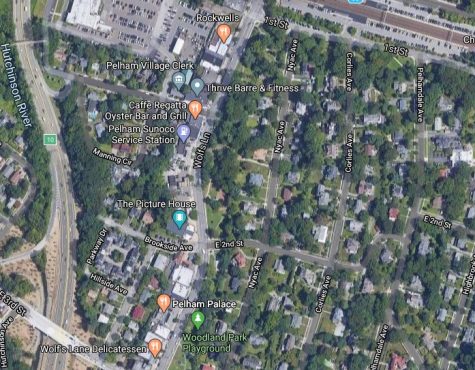


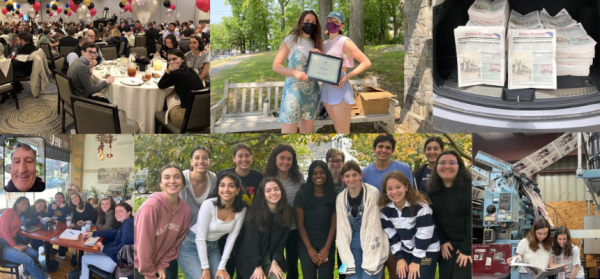
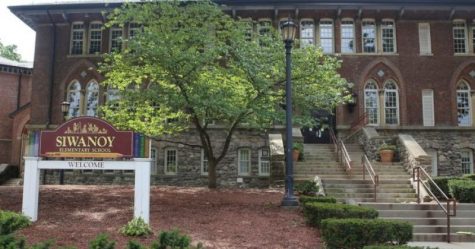
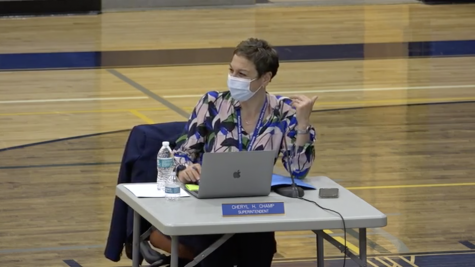
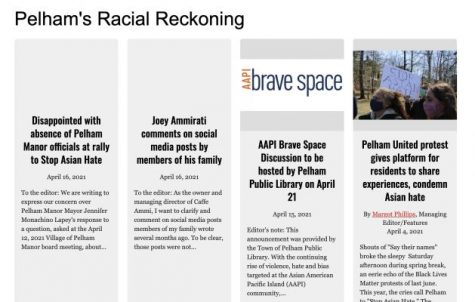
Marin Zielinski • Sep 25, 2020 at 2:40 am
So: the Op Ed writer believes stakeholders participating in the VOP discussions around race and policing should be limited to comments they are comfortable making publicly. Fair enough. Such a conversation is inevitably sanitized, likely less critical, and certainly more narrow, since there’s no room for thoughts to evolve, as thoughts on sensitive topics do, in conversation. What is not fair is pretending that transparency comes without this cost, as if there’s no difference between secrecy and privacy.
Obviously there is a difference. I commend the VOP for choosing the approach most likely to result in honest feedback on necessary changes. The summary of conversations will be shared with the community, and people will be free to question the process by which the ideas were conceived. Transparency does not require a camera on every iteration of every conversation.
Yes, Justice Brandies wrote that sunlight is the best disinfectant. He wrote it after privately deliberating the case at hand—despite the immeasurable public importance of those deliberations. As even such an avid defender of transparency recognized: privacy has a place, too.
Mike Carpenter • Sep 24, 2020 at 1:43 pm
Hello Mr. Lieggi,
You have asked good questions here, all deserving thoughtful and meaningful answers. I humbly suggest that you reach out to Mayor Mullen to better understand what the Village of Pelham is doing and what the plan is going forward for more public engagement. He touched on it at our meeting Tuesday night, but I’m sure he will be responsive to your inquiry and I think you will appreciate his answers. And, the village can always use more help getting the message out!
In the meantime, thank you for your work on this important matter.
Best regards,
Mike Carpenter